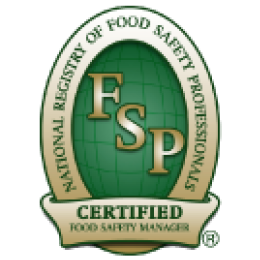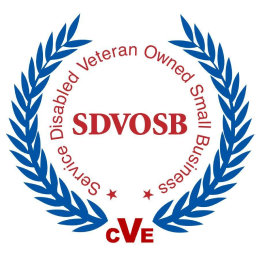Foodborne illnesses represent a persistent global public health challenge, affecting millions of individuals annually. These diseases are primarily the result of the ingestion of contaminated food and beverages containing pathogenic microorganisms, chemicals, or other hazardous agents. In this comprehensive exploration, we delve into the intricate world of foodborne illness, emphasizing the paramount importance of pathogenic surveillance as a scientific cornerstone for its prevention and control. Our primary reference for this discussion is the third edition of the Council to Improve Foodborne Outbreak Response (CIFOR), a seminal resource offering essential insights into the scientific management and prevention of foodborne illnesses.
Understanding the Scientific Complexity of Foodborne Illness
Foodborne illnesses, often referred to as food poisoning, encompass a spectrum of ailments resulting from the ingestion of substances unfit for human consumption. These may range from mildly irritating gastrointestinal symptoms to severe, potentially fatal conditions. Pathogenic agents responsible for foodborne illnesses include a diverse array of bacteria (e.g., Salmonella, E. coli, Listeria), viruses (e.g., norovirus, hepatitis A), parasites, and chemical contaminants, such as pesticides, heavy metals, and naturally occurring toxins.
Key Scientific Insights and Statistics
1. Epidemiological Dynamics: Foodborne illnesses exhibit intricate epidemiological patterns. In the United States, the Centers for Disease Control and Prevention (CDC) estimates that approximately 48 million people are afflicted annually, leading to 128,000 hospitalizations and 3,000 fatalities. Worldwide, the World Health Organization (WHO) reports nearly 600 million cases annually, resulting in 420,000 deaths.
2. Economic Toll: The scientific complexity of foodborne illnesses is mirrored by their substantial economic impact. The United States bears an annual economic burden of approximately $77.7 billion, encompassing direct medical costs, productivity losses, and other associated expenses.
3. Global Reach: Foodborne illnesses are not confined by borders; they represent a global challenge. The scientific understanding of food safety and pathogenic surveillance is vital worldwide, given the international nature of the food supply chain.
Pathogenic Surveillance: A Cornerstone of Scientific Prevention
Pathogenic surveillance constitutes an indispensable scientific tool in the prevention and control of foodborne illnesses, offering multifaceted contributions to public health. CIFOR's third edition underscores the scientific significance of pathogenic surveillance in the following key domains:
1. Early Scientific Detection: Rapid scientific identification of foodborne pathogens is fundamental for early intervention. Surveillance systems serve as scientific sentinels, detecting unusual patterns of illness and food contamination, thereby enabling swift responses.
2. Scientific Source Attribution: Pathogenic surveillance provides the scientific means to pinpoint the exact source of contamination, which is essential for recalling contaminated products, removing them from the market, and preventing further illnesses.
3. Scientific Monitoring and Trend Analysis: Ongoing scientific surveillance empowers public health agencies to track trends, identify emerging pathogens, and update scientific food safety guidelines and regulations in response to evolving threats.
4. Scientific Response Optimization: During outbreaks, pathogenic surveillance aids in scientific responses by identifying the precise strain of the pathogen and its source, facilitating targeted scientific interventions.
CIFOR's third edition delves deeply into the scientific intricacies of an effective pathogenic surveillance system. It underscores the significance of data sharing, scientific collaboration among local, state, and federal agencies, and the integration of advanced molecular techniques for pathogen characterization within a robust scientific framework.
Conclusion
Foodborne illnesses represent a formidable scientific challenge with profound implications for both individuals and economies. The establishment of effective pathogenic surveillance systems, as outlined in CIFOR's third edition, is a scientific imperative in the prevention and mitigation of foodborne illnesses. By investing in robust scientific surveillance infrastructure, fostering data sharing, and promoting scientific collaboration, we can enhance our scientific defenses against foodborne pathogens. In a world where scientific food safety is paramount, pathogenic surveillance stands as the scientific vanguard we cannot afford to neglect, safeguarding our plates and public health through a scientific lens of vigilance and precision.





